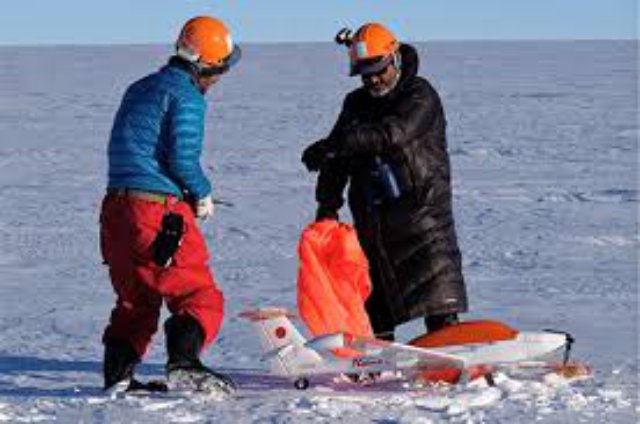 A balloon-assisted UAV (Unmanned Aerial Vehicle) named “Phoenix-S1,” developed by Kyushu University and Fukuoka University, Japan, has successfully brought back stratospheric aerosol samples from the altitude of 22 km and observed aerosol density at the altitude of 23 km in Antarctica on January 24, 2015.
A balloon-assisted UAV (Unmanned Aerial Vehicle) named “Phoenix-S1,” developed by Kyushu University and Fukuoka University, Japan, has successfully brought back stratospheric aerosol samples from the altitude of 22 km and observed aerosol density at the altitude of 23 km in Antarctica on January 24, 2015.
The observation was performed as one of the summer activities of the 56th Japanese Antarctic Research Expedition (JARE-56, the leader: Professor Yoshifumi Nogi, NIPR).
Phoenix-S1, after launch from an observation site called “S17” on Antarctic continent ice sheet, climbed up being suspended under a rubber balloon while aerosol number density observation and sampling are performed.
After the natural burst of the balloon at an altitude of 23 km, the UAV descended by a parachute, then started gliding back to the surface autonomously by separating the parachute and retrieved at S17 successfully.
The maximum observation altitude this time is unprecedentedly high as the observation altitude using UAVs and even manned aircraft. This method is quite effective to retrieve observation apparatuses and aerosol samples from upper atmosphere easily at low cost.
The full study can be read here.
Source: National Institute of Polar Research (NIPR), Fukuoka University, Kyushu University Press Release
